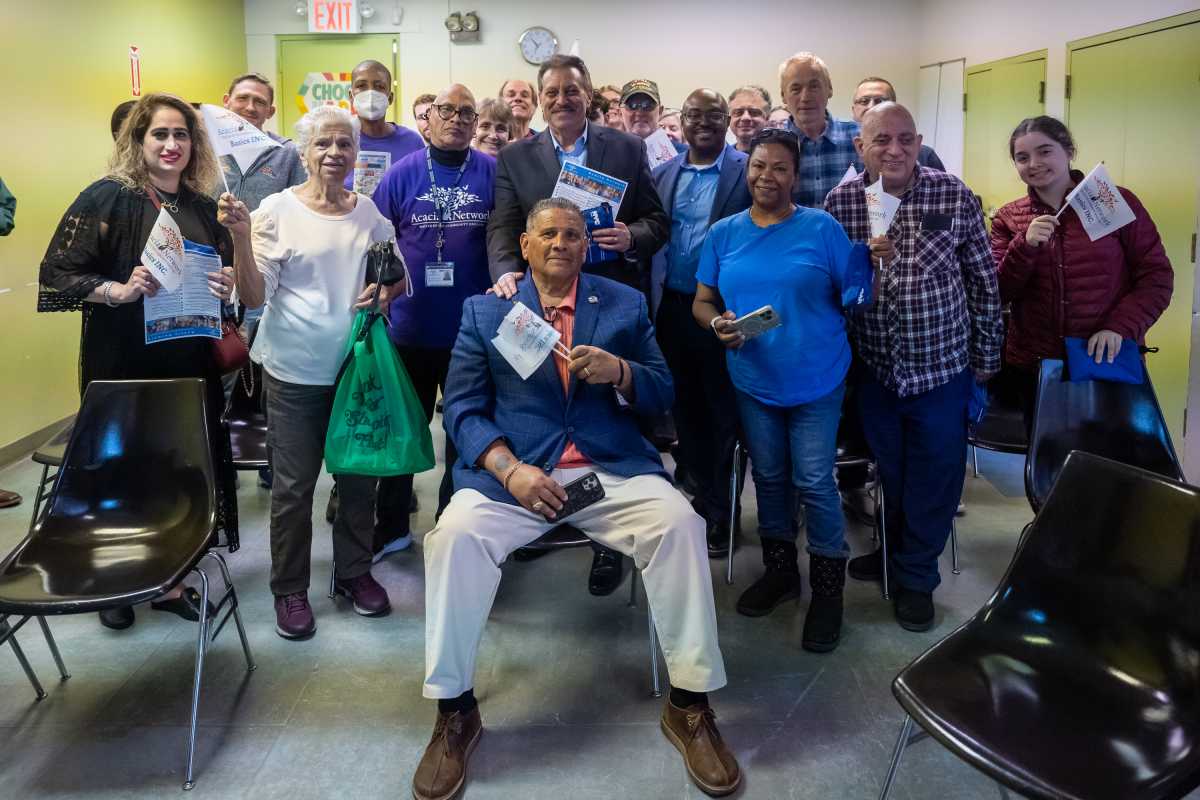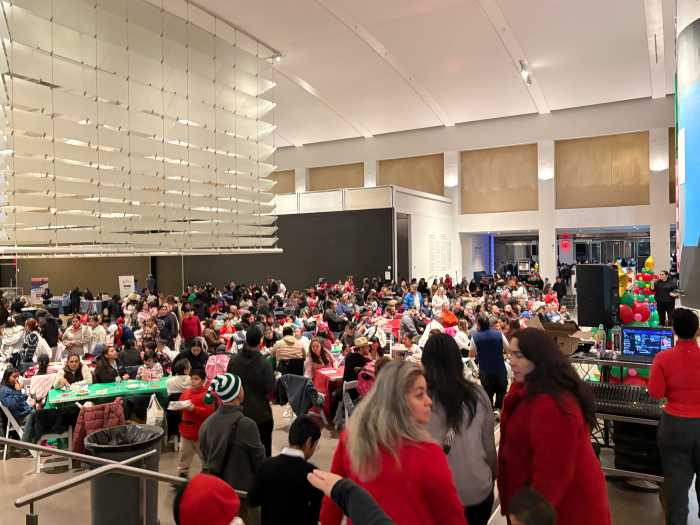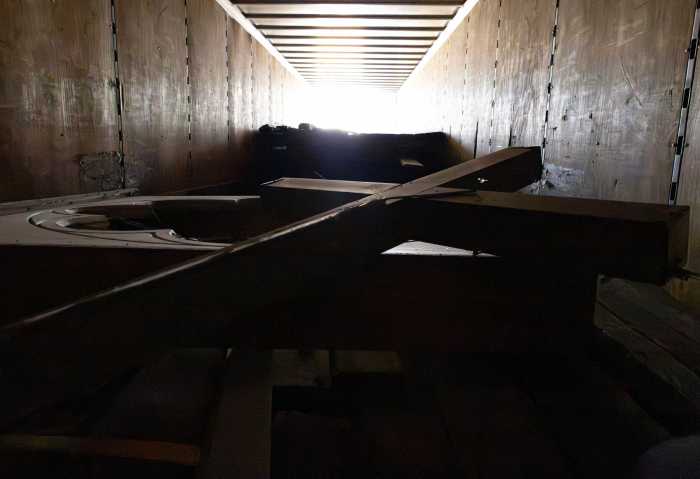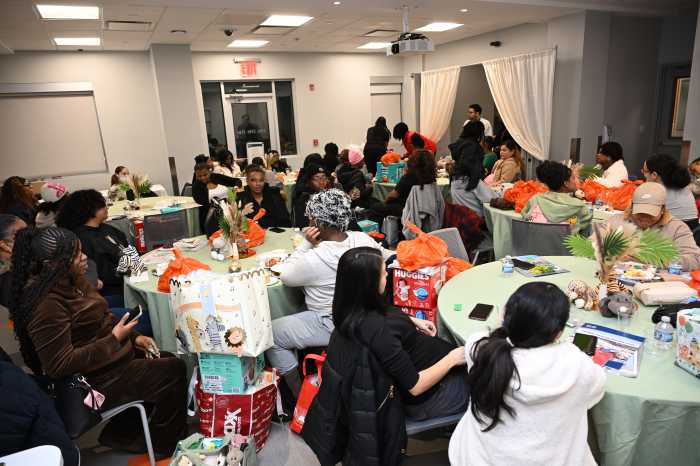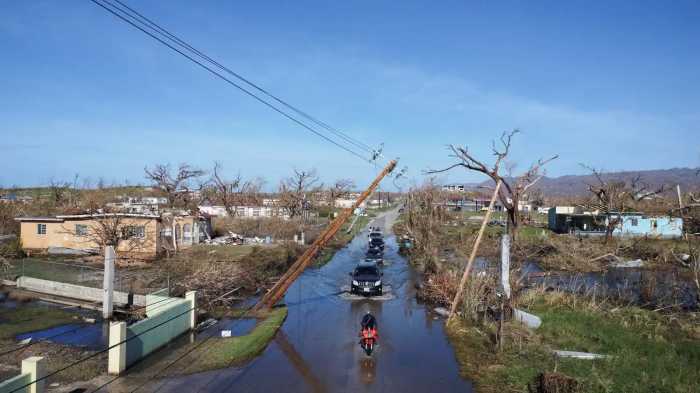Senator Joseph Addabbo hosted the third Naloxone training and certification event in partnership with J-CAP of the Acacia Network and Community Board 6 at the Rego Park Library on Thursday, May 9.
Overdose deaths in the United States continue to rise in record numbers, and the training aimed to teach participants how to effectively administer Naloxone, or Narcan, a “rescue” drug that quickly and safely reverses an opioid overdose. When used immediately after an overdose, Naloxone can block the effects of the opioids and help prevent death. It only works on opioids but is safe to use even if opioids are not present.
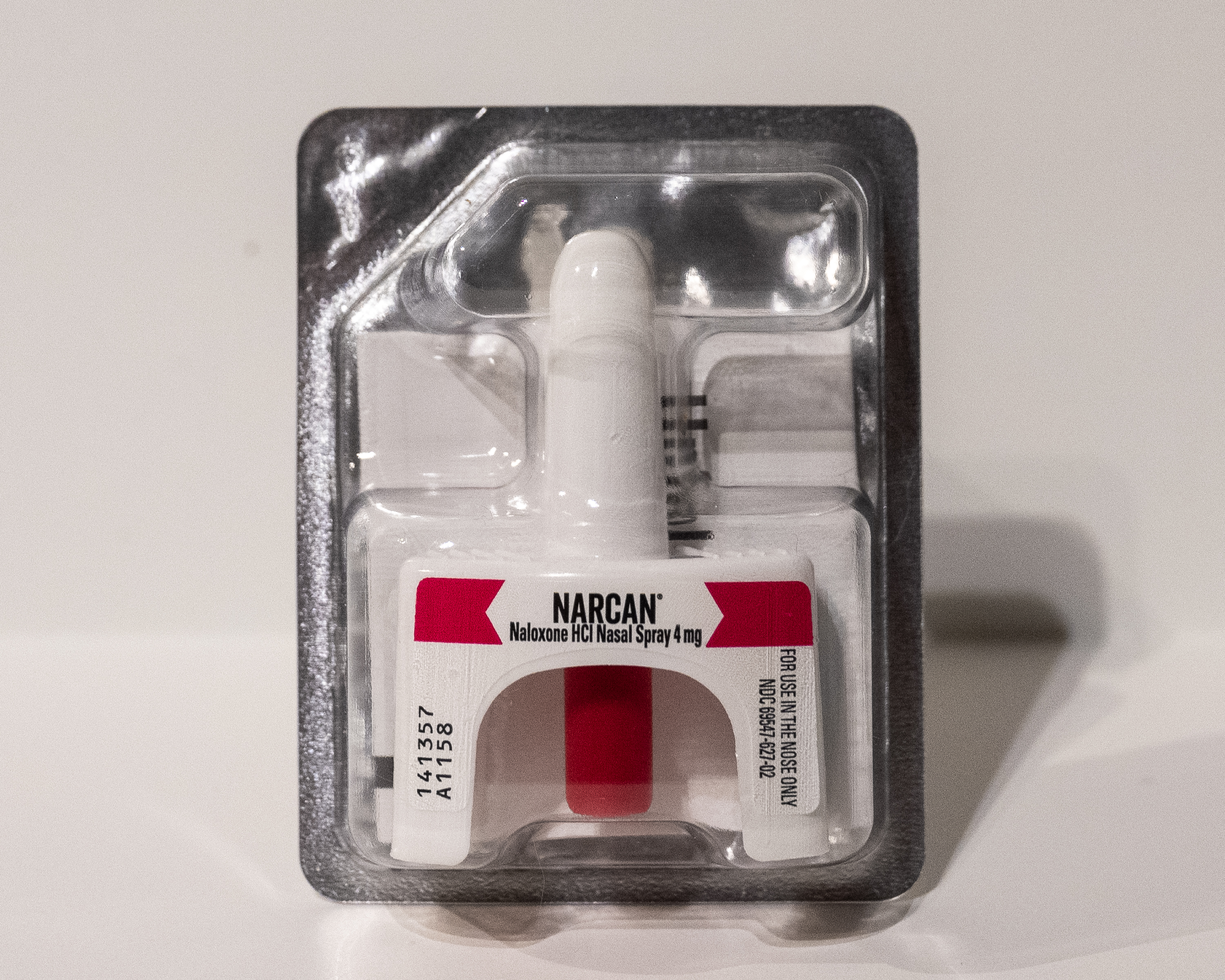
The training was led by Dr. David C. Collymore, chief medical officer of Acacia Network, Luis Laboy, senior administrator of residential programs at Acacia Network, and Eduardo Santiago, a certified recovery peer advocate with the Acacia Network.
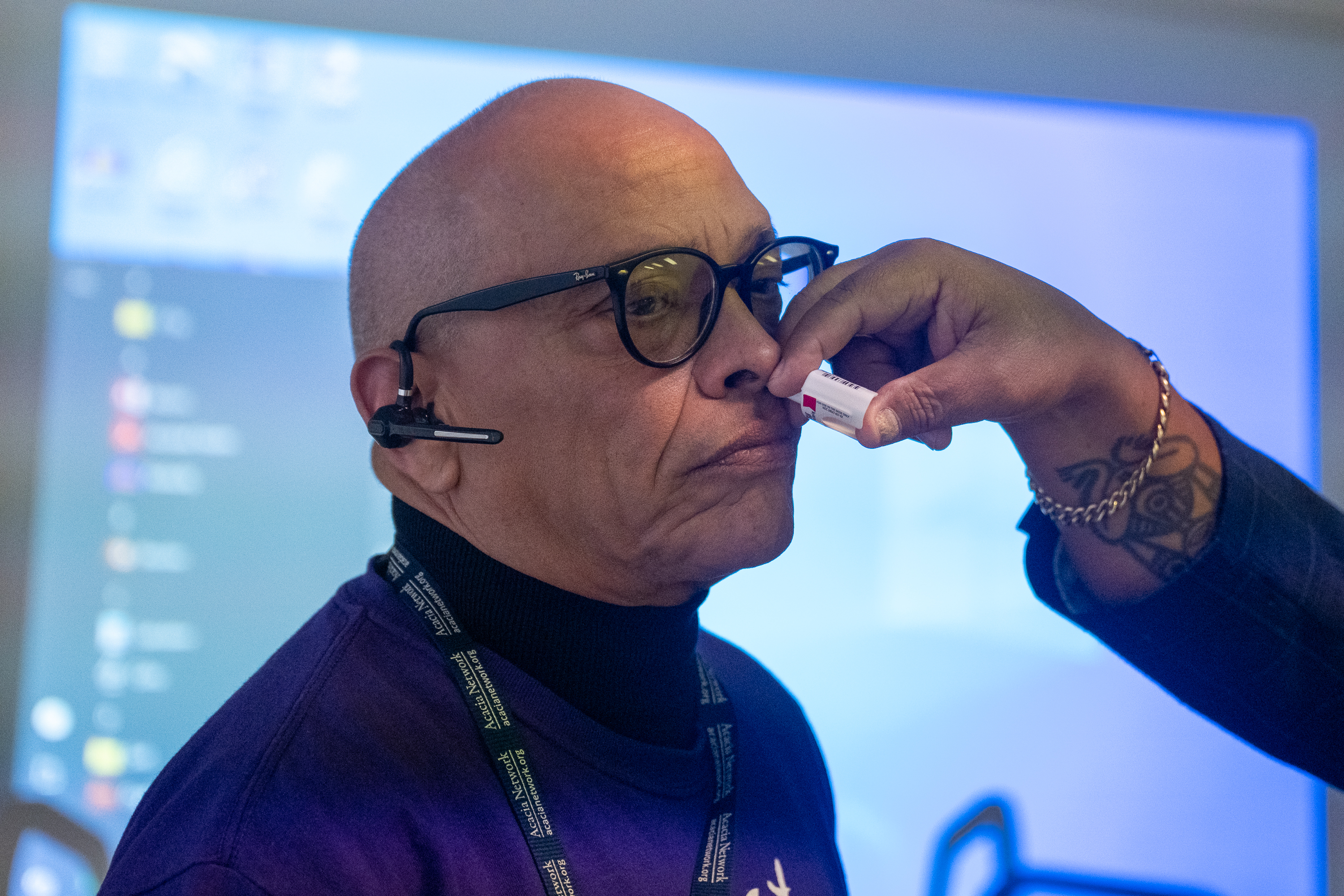
Dr. Collymore explained to the participants that 90% of overdose deaths are caused by opioids like pain relievers and street drugs like heroin and fentanyl.
For those who are genetically predisposed to addiction, taking painkillers like Vicodin and OxyContin can quickly lead to addiction.
Collymore shared the story of a young woman who was prescribed Vicodin after a tooth extraction.
“That’s all it took for her to become addicted,” Collymore said. “She had a significant genetic predisposition. So one prescription of it, which many of us have taken for one reason or another, that was all it took for her to be addicted.”
The risk of an opioid overdose has increased significantly with the surge of fentanyl, an illicit drug that is cheap and easy to make and often added to drugs like heroin and cocaine to stretch the street drugs.
“So I would venture to say that almost every batch of heroin that’s being sold today has some level of fentanyl in it,” Collymore explained. “And depending on that percentage, it makes it a higher likelihood that someone can overdose on.”
In 2022, 3,026 New Yorkers died of a drug overdose, an increase of 12% compared to 2021, when 2,696 New Yorkers died of an overdose. Fentanyl was present in 81% of the overdose deaths in 2022, and cocaine was present in 53% of overdose deaths.
Signs of an opioid overdose include unresponsiveness or unconsciousness, slow or stopped breathing, blue, gray or white lips or fingertips or snoring or gurgling sounds.
“It is important to respond quickly,” Laboy said, who demonstrated on Santiago which immediate steps should be taken when one suspects an overdose.
The first step one should take when an individual appears to have overdosed is to check for responsiveness by grinding the knuckles up and down the sternum.

The second step is to call 911 and report that an individual isn’t breathing or has breathing issues.
Laboy emphasized that it was important to call 911 immediately because Narcan only worked for 30 to 90 minutes.
The third step is administering Narcan by spraying the substance into one nostril while pushing the device’s red plunger. It is imperative not to test the device because it can only be used once.

“It’s a mist; it is four milligrams of Narcan. That Narcan will go into the membranes, into the brain, into the opioid receptors. It’ll take out the opioids and block any opioids from going back in there for a maximum of 90 minutes,” Laboy explained.
Sometimes, individuals might not respond to the first dose of Narcan, and it is safe to administer a second dose after two minutes.
“I have used six of these in the street in the South Bronx trying to save a life,” Laboy shared. “Because [the addict’s] tolerance is very high and the potency of the heroin mixed with fentanyl is very strong. So we continue every two minutes. We’ll continue until EMS arrives.”
The next step is to perform CPR and to roll the person on their side in case they vomit while waiting for EMS to arrive.
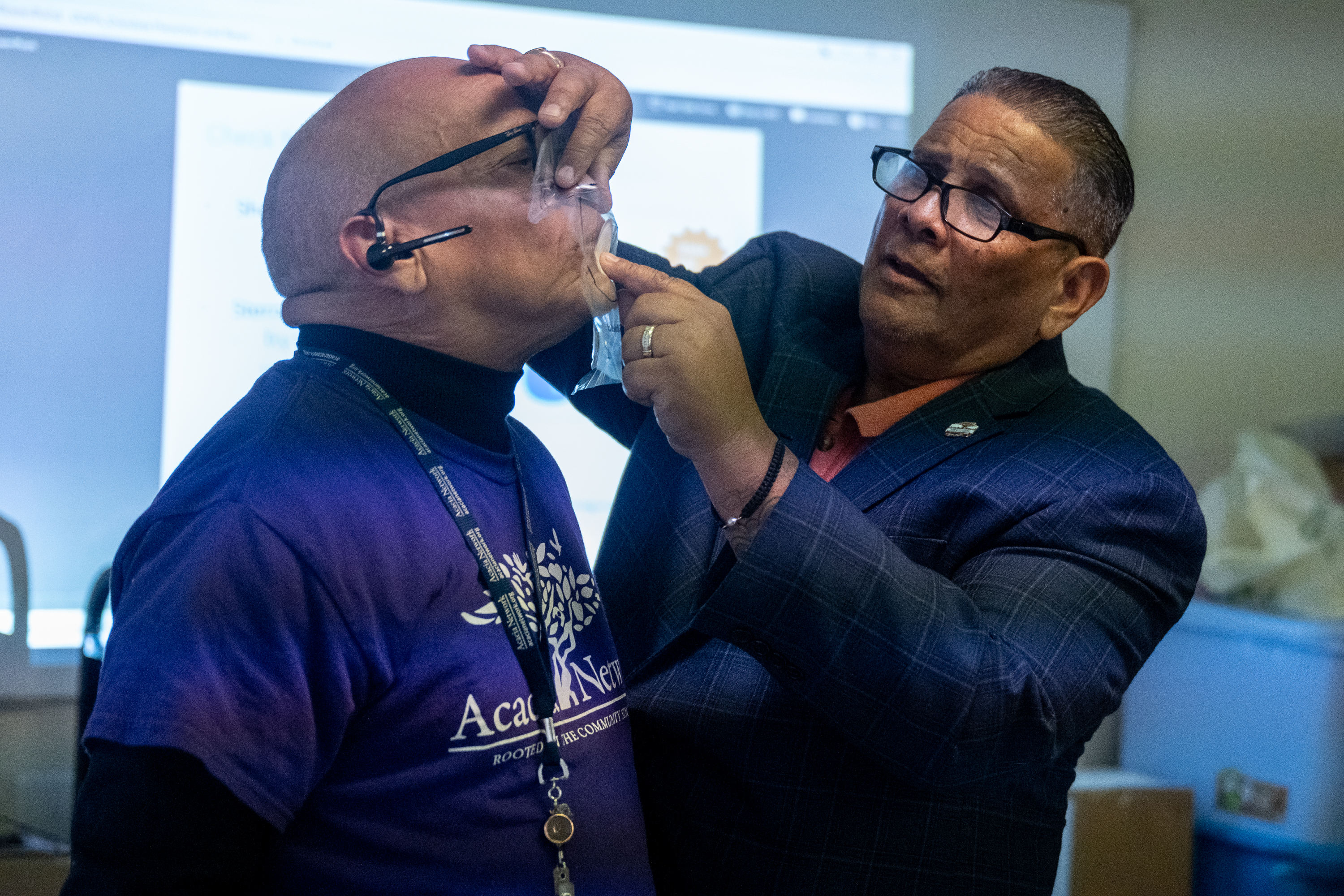
Dr. Collymore also noted that effective addiction treatments were available through many organizations, including Acacia, Odyssey House and Samaritan Village.
“There are effective treatments that do change lives,” Collymore said. “So don’t give up on your family member. Don’t give up on your friend. If you know someone who is suffering, there are effective treatments. So if you know anyone that needs help, reach out to any and everybody, and we will find a way to help.”
After completion of the course, attendees received a certificate of completion and a Naloxone overdose rescue kit, which includes two Naloxone sprays, gloves, a rescue breathing face shield and instructions.
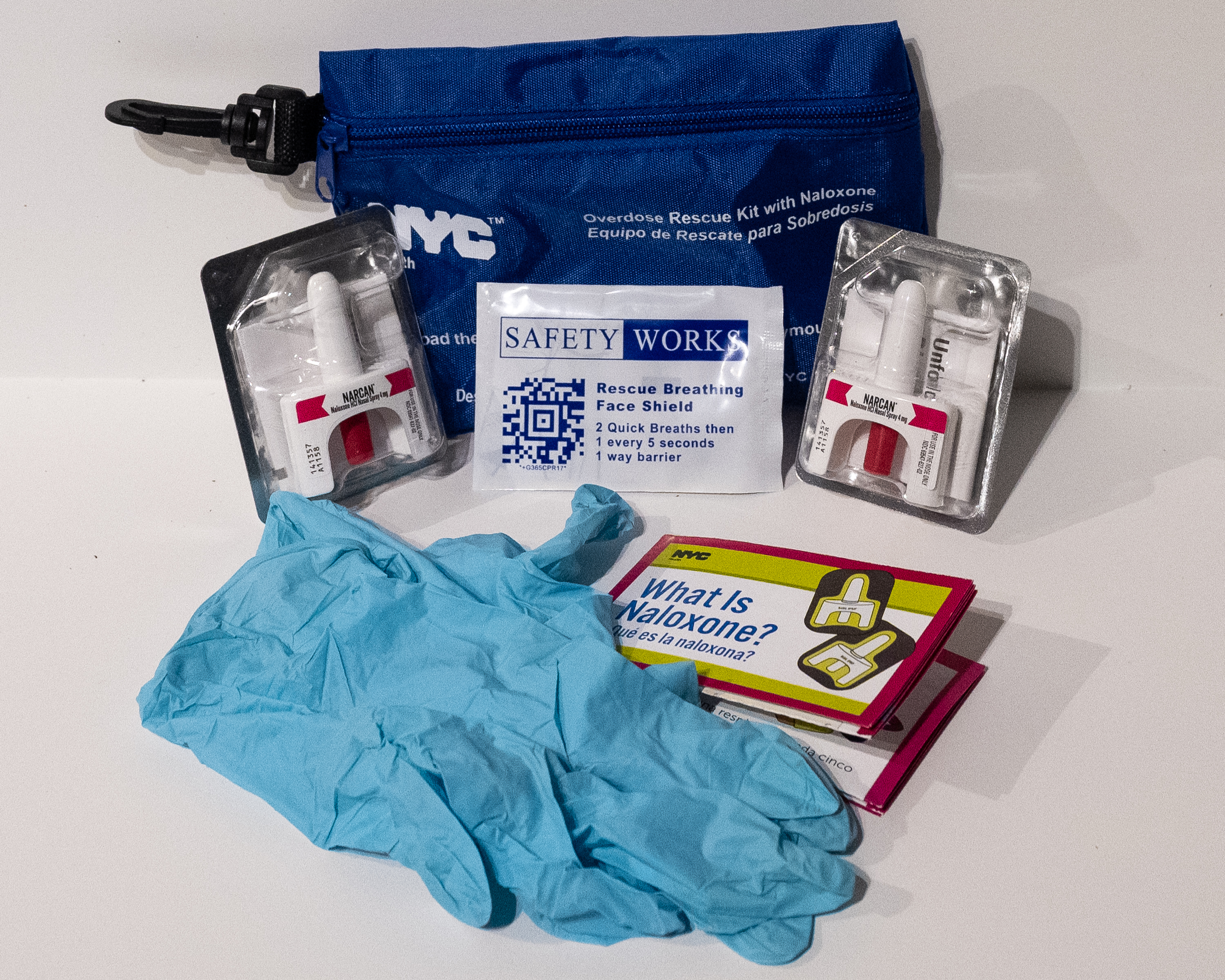
Senator Addabbo told QNS his goal was to hold as many Naloxone events as possible.
“The more people who have the kits, the more apt we are in a better position to save a life,” Addabbo said. “And that’s our goal. It is to do as many of these [Naloxone events] as possible to make sure that these lifesaving kits are accessible.”
Dr. Collymore told QNS his goal was to “go into every library, every school, every church, any setting that will allow us to go in there to train the community.”
“I think we need to do more of this training in more settings and as many settings as possible, getting the average community person to be equipped and trained to save a life,” Dr. Collymore said.

